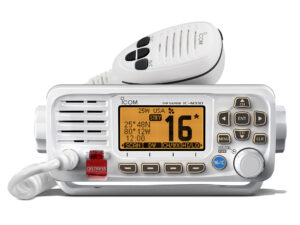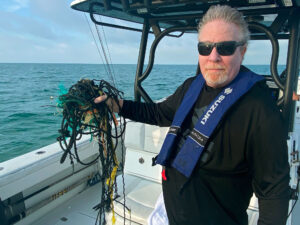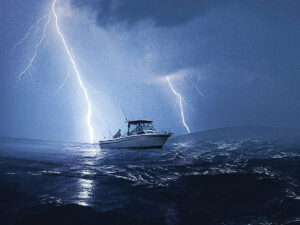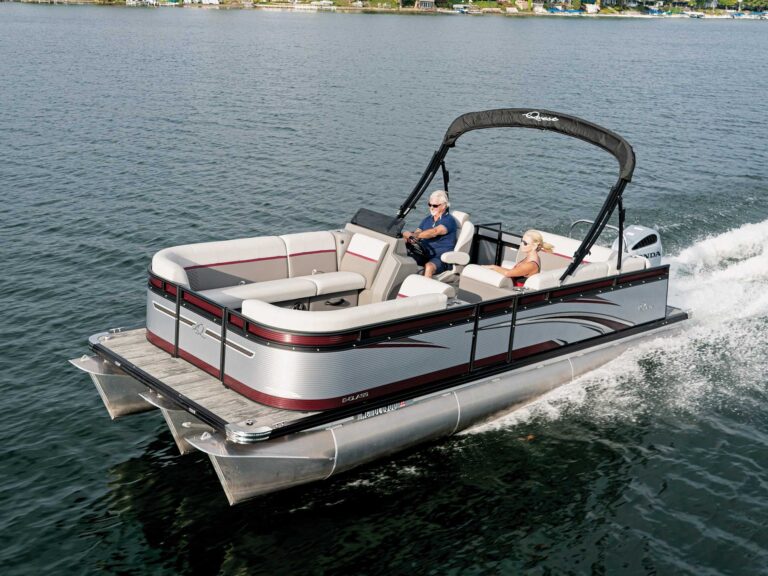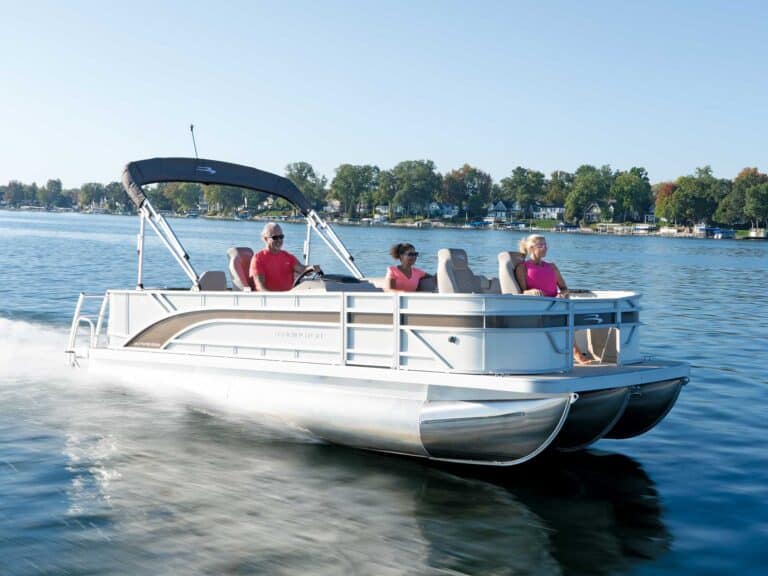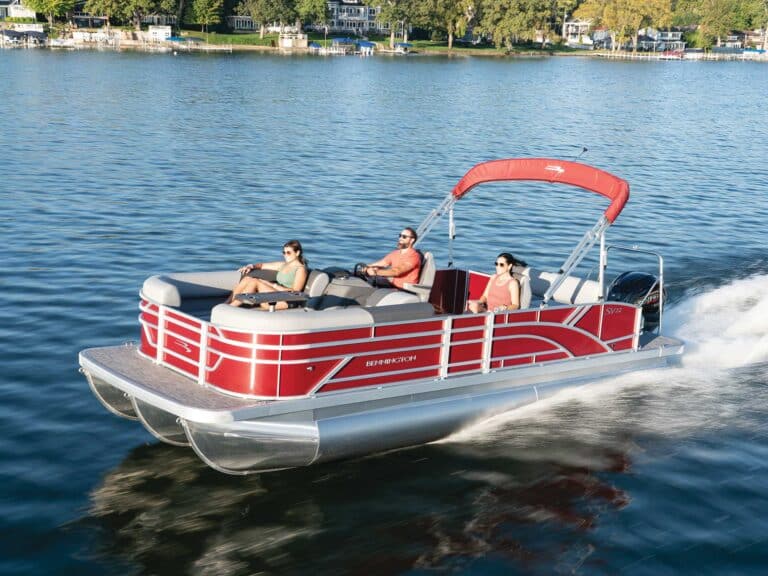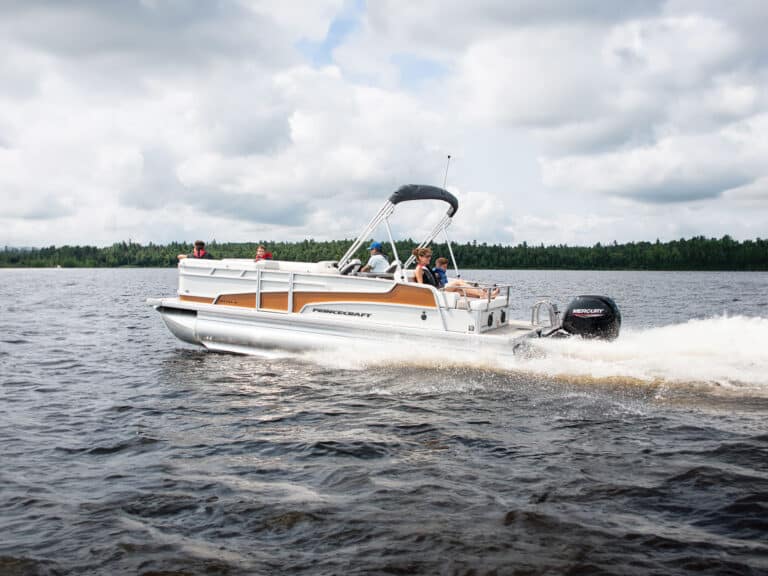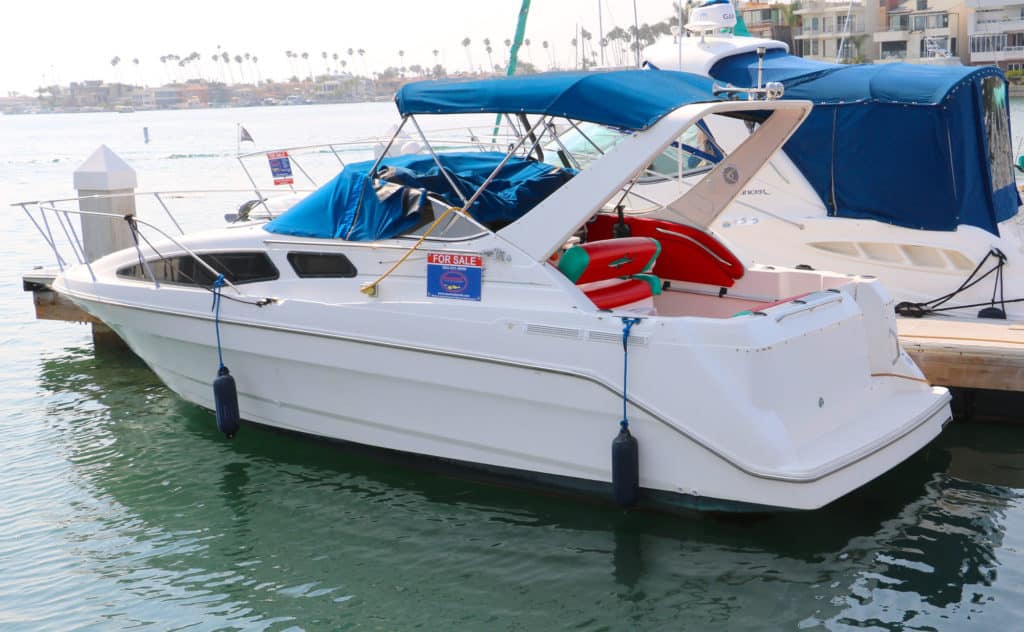
As the market for new boats booms and bargains evaporate, buying a used boat represents an alternate approach to achieving ownership. Though the same factors spurring the boom market have increased demand for used boats, these vessels already exist, so you don’t have to wait for delivery.
The key is finding the right used boat, says Kim Slocum, who also buys—then refurbishes and sells—previously owned boats from private parties. Slocum focuses mainly on boats from Rinker, a brand he knows inside and out from his 47 years with the company, where he ascended to president and part owner.
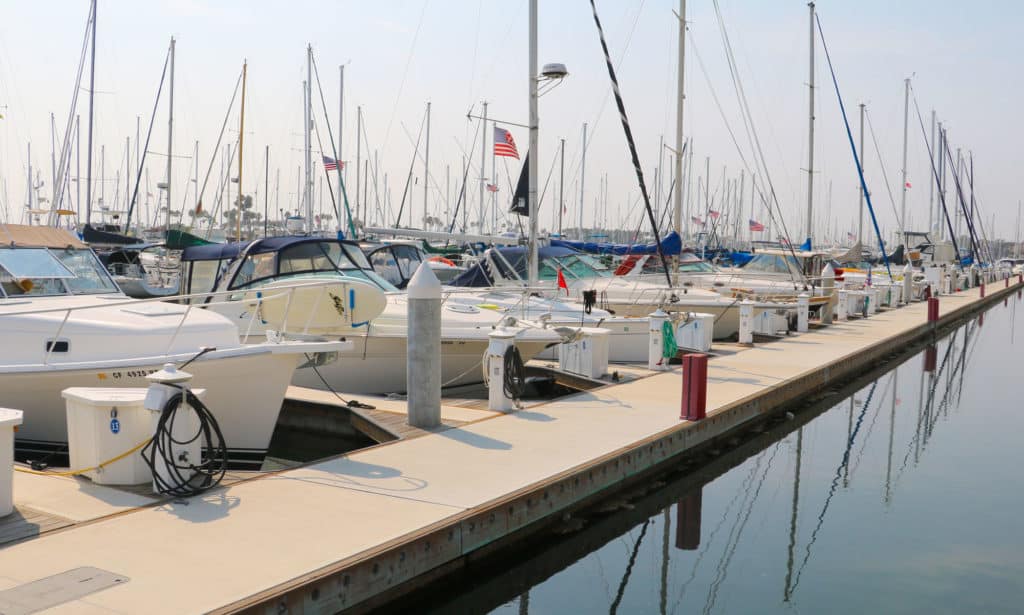
Slocum emphasizes due diligence when shopping on the used-boat market. His first step is to call the seller and pose a series of questions. If he hears what he likes, he personally inspects the boat. “If you’re not familiar with the brand, take along a friend or mechanic who is,” Slocum advises.
He has developed a list of key questions and an inspection routine that helps weed out the clunkers and leads him to good private-party used boats. Slocum shared his insight with us.
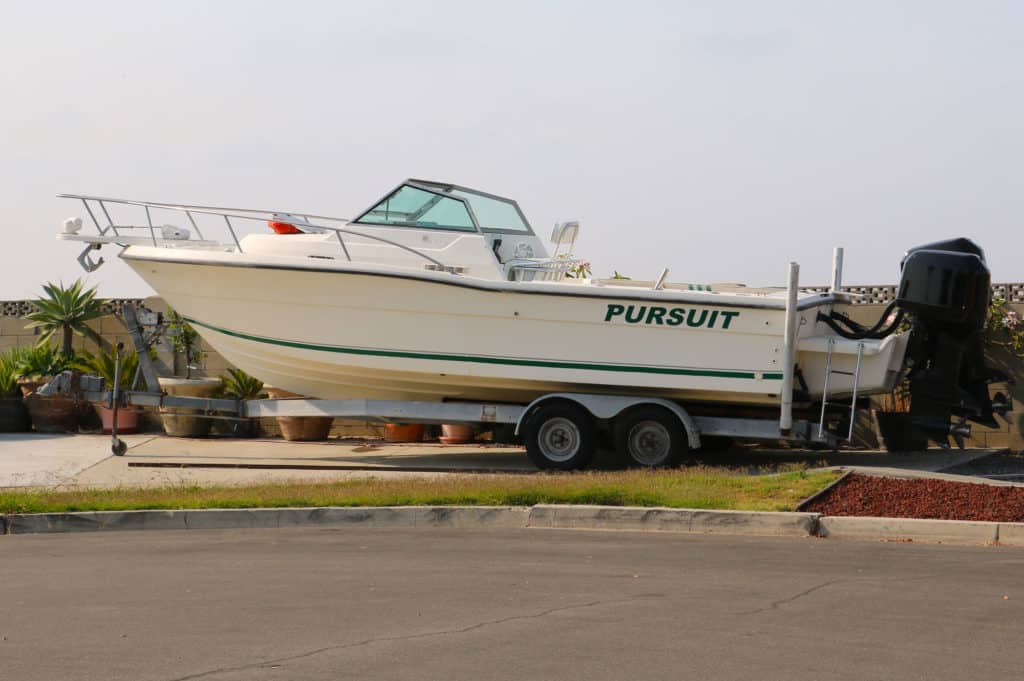
Key Questions
1. What year is the boat?
The more recently built, the better, Slocum says. Avoid boats more than 20 years old.
2. Where was the boat used?
Exclusive use in fresh water enhances the value of a used boat because this helps minimize any corrosion issues versus use in salt water. However, boats used in marine environments can still be solid candidates. In coastal regions, these might be the only used boats available.
3. What are the engine hours?
This tells you how tired the engine and drivetrain might be.
4. Is the seller the original owner?
An original owner tends to take better care of a boat, so this is a definite plus when looking at used boats, Slocum says.
5. What does not work?
Asking the seller to reveal issues can save you time, and it might give you something to bargain with if you choose to buy the boat.
6. Does the seller have the title in hand?
This allows you to take delivery immediately. It is a big bonus, Slocum says. Otherwise, prepare to spend time meeting with the lien holder and seller to clear the title.
7. Are the boat and motor still under warranty?
If so, find out if these warranties are transferrable and how you can arrange to move them into your name.
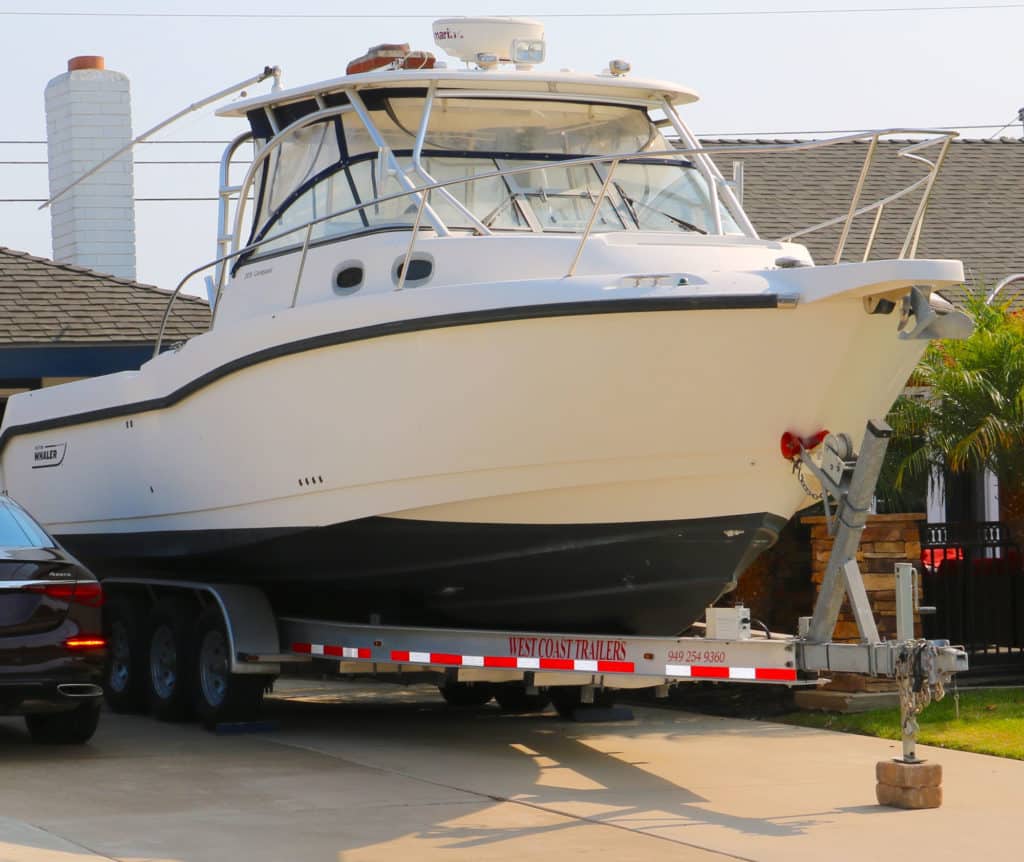
Key Inspection Points
1. Inspect the engine bay.
If the boat is a sterndrive or inboard, the condition of the engine bay will tell you a lot about how well the boat is maintained. Is it clean and dry? Is rigging neat and well-supported? Is it free of rust and corrosion?
2. Look for rips in the upholstery or deck carpet.
Reupholstery and carpet work are expensive, so keep that in mind as you inspect the interior.
3. Start up everything.
Fire up the electronics, generator, air conditioning, all pumps, lights, stereo, trim tabs, drive trim, etc., as well as the engine(s). Make sure everything is in good working order, and make note of any issues.
4. Double-check the engine hours.
Don’t trust engine-hour meters, Slocum says. Consider paying a boat mechanic to hook the engine up to scan tool to confirm the hours and look for possible issues, he advises.
5. Conduct a sea trial.
By any and all means, don’t buy until you conduct a sea trial to determine how the boat performs in real-world conditions, and determine any issues. While on the water, look in the bilge for leaks. For more tips on how to sea-trial a boat, visit boatingmag.com/how-to-sea-trial-boat.
6. Have the boat hauled.
If the boat is not on a trailer, arrange to have it hauled to inspect the bottom for obvious defects such as hull blisters, damaged running gear, excessive fouling, broken trim tabs, etc.
7. Look for decay or rot.
This is a tough one because transom or stringer rot might not be obvious. One trick is to push up and down on the drive or outboards. If the transom deflects or feels mushy during this process, it is an indication of rot. If in doubt, spend the money for a survey. The larger the boat, the more important a survey becomes, Slocum says.
8. Inspect the trailer, tires and bearings.
If the boat is on trailer, you need to know if it is road-worthy. Make sure the frame, axle and springs are free of excessive rust and cracks, and the bunks and rollers are in good condition. Check the tires for proper air pressure, and look for obvious signs of age such as cracked sidewalls. Ask the seller when the last time the bearings were serviced. For more trailer inspection tips, visit boatingmag.com/how-to/check-your-trailer-towing-your-boat-vacation.
9. Be prepared to walk away.
While this is not an inspection point, it is an important mindset when shopping for used boats. “Don’t get too excited or fall in love with a boat you’re inspecting,” Slocum says. “You need to be able to walk away if something’s not right or the price is well outside the number you had budgeted.” For more used-boat inspection tips, visit boatingmag.com/boats/boat-inspection-checklist.

